

This guide provides comprehensive information on selecting the appropriate steel stud drywall screws for various projects. We'll cover screw types, sizes, applications, and best practices to ensure a successful installation. Learn how to choose the right screw for your specific needs and achieve professional-looking results.
Several types of steel stud drywall screws cater to different needs. Common types include self-tapping screws, which require no pre-drilling, and self-drilling screws, designed for harder materials. The choice depends on the material's thickness and hardness. Consider the head type as well – pan head, bugle head, and wafer head screws each offer different aesthetic and functional advantages. For example, bugle head screws are often preferred for their ability to slightly countersink, providing a cleaner finish.
Selecting the correct screw length is crucial for a secure and lasting installation. Too short, and the screw won't adequately penetrate the stud; too long, and it might penetrate through the drywall, damaging the surface. Length is determined by the thickness of the drywall and the stud. Always consult the manufacturer's recommendations for ideal screw length based on material thickness. Common sizes range from 1 inch to 3 inches. A reliable supplier like Hebei Muyi Import & Export Trading Co., Ltd can assist with determining the appropriate size for your project.
Different types of drywall, such as standard, moisture-resistant, and fire-resistant, may require different screw types or lengths. Thicker drywall needs longer screws to ensure proper fastening. The screw's thread design should also be compatible with the material. For example, some screws are specifically designed for use with moisture-resistant drywall to prevent corrosion.
While most steel stud drywall screws are designed for steel studs, the specific type of steel and its gauge (thickness) may influence screw selection. Thicker steel studs may require longer or more robust screws. Check the stud material's properties to ensure compatibility with your chosen screws. Using the wrong screws can lead to stripping or poor holding power.
The final appearance is a factor in screw selection. While functionality is paramount, the type of screw head (pan head, bugle head, wafer head) influences the finished look. Bugle head screws, for instance, are often preferred for their ability to slightly countersink, creating a more professional and cleaner finish. Choosing the right screw head minimizes the need for excessive filling and sanding after installation.
Pre-drilling is sometimes necessary, particularly when using harder materials or when working with thicker drywall. This prevents the screw from stripping the material and ensures a clean, straight installation. Always consult the screw manufacturer's instructions for guidance on whether pre-drilling is recommended.
Use a suitable screwdriver or drill with the appropriate bit size to prevent stripping. Applying even pressure while driving the screws is essential. Avoid forcing the screw, as this can lead to damage to the drywall or stud.
| Screw Type | Head Type | Material | Applications |
|---|---|---|---|
| Self-Tapping | Pan Head | Steel | General drywall installation |
| Self-Drilling | Bugle Head | Steel | Harder materials, thicker drywall |
| Self-Tapping | Wafer Head | Steel | Concealed fastening, flush finishes |
Remember to always consult the manufacturer's instructions for specific recommendations and safety precautions. Choosing the right steel stud drywall screws is crucial for a strong, lasting, and aesthetically pleasing installation.
For high-quality steel stud drywall screws and other building materials, explore the offerings of Hebei Muyi Import & Export Trading Co., Ltd. They are a reliable source for superior products and excellent customer service.


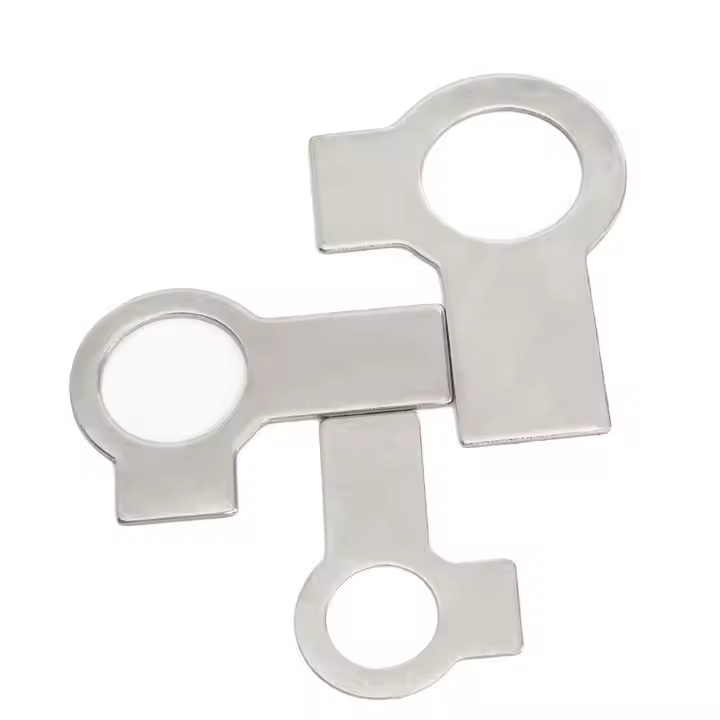
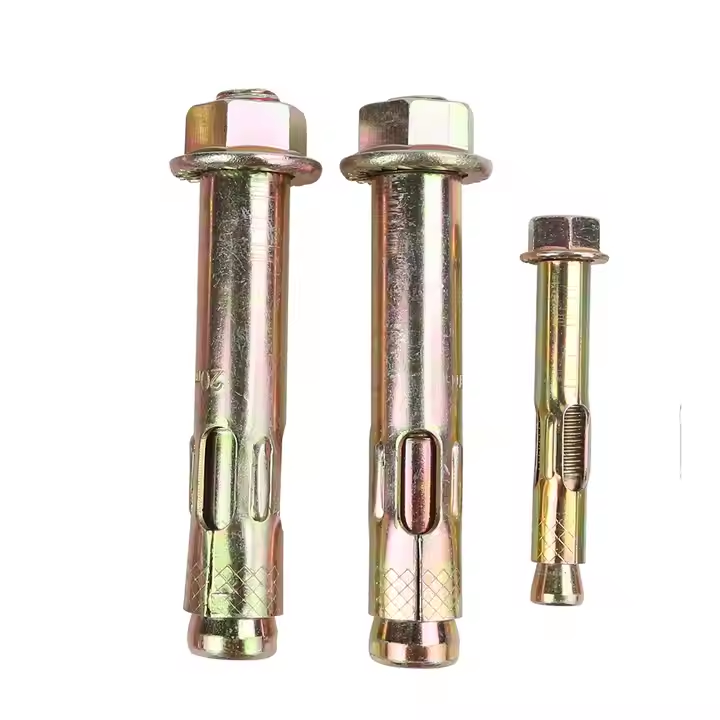

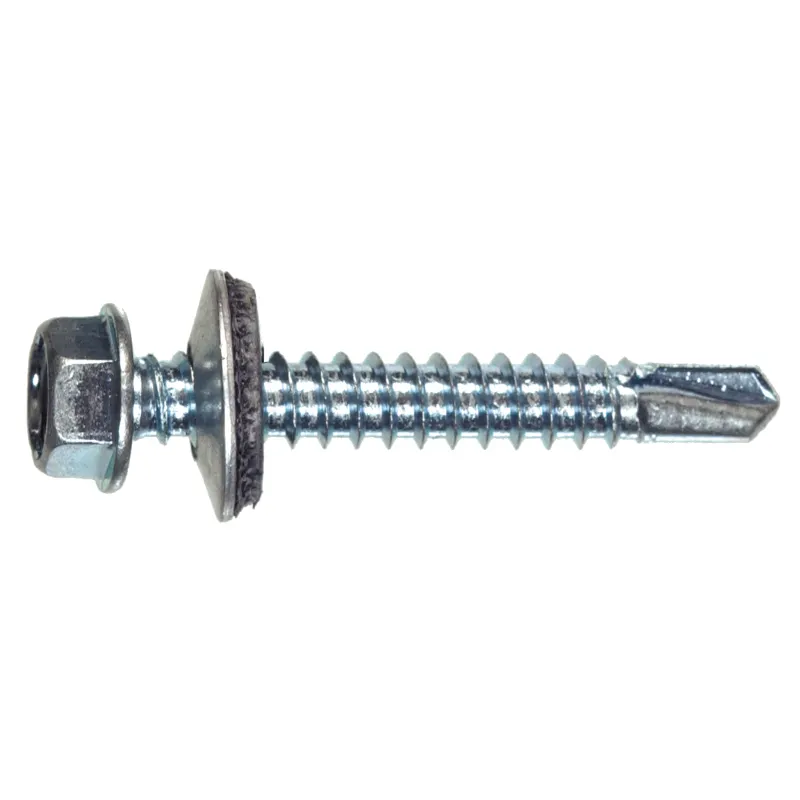
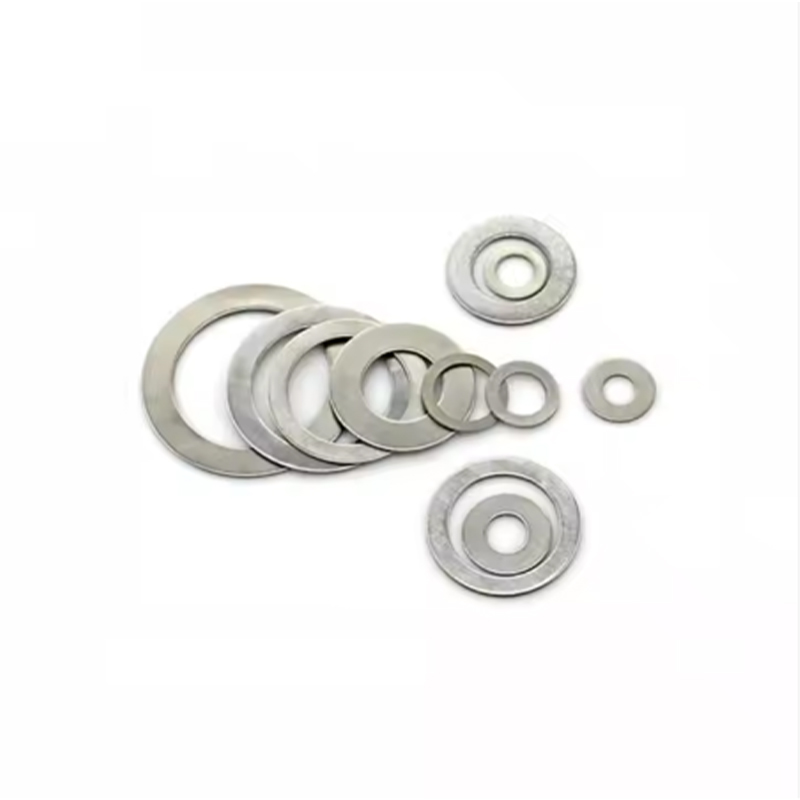

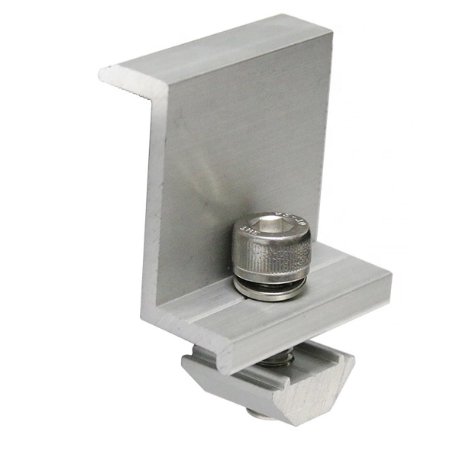
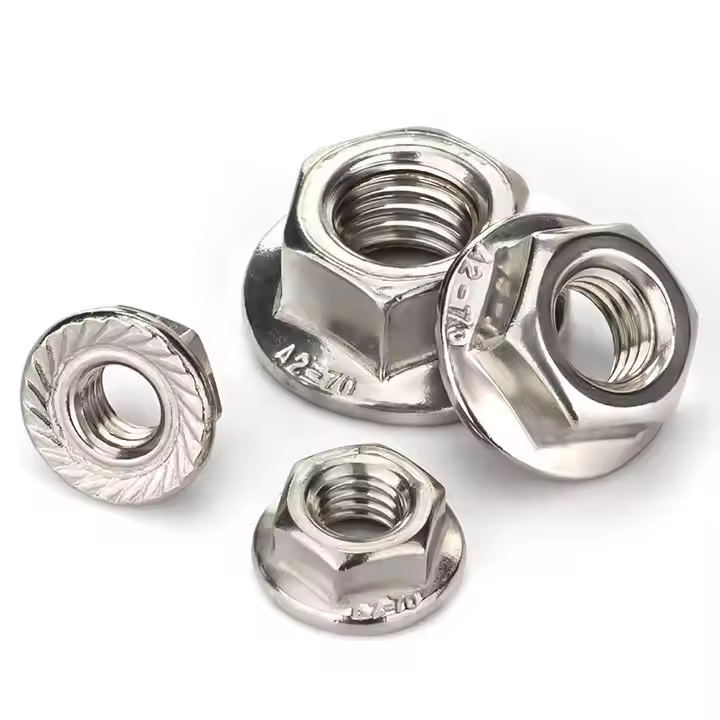
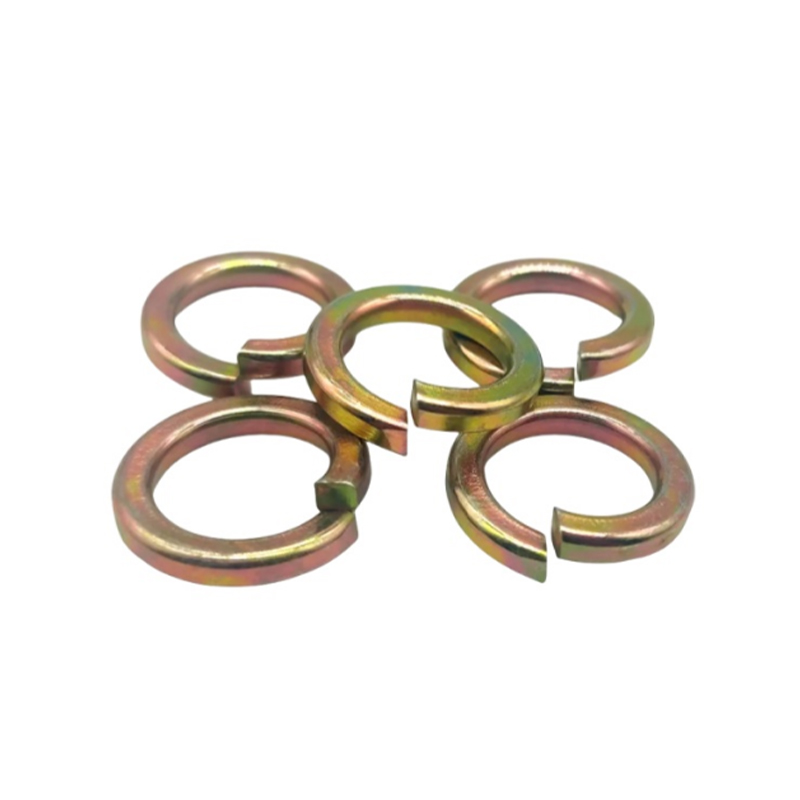

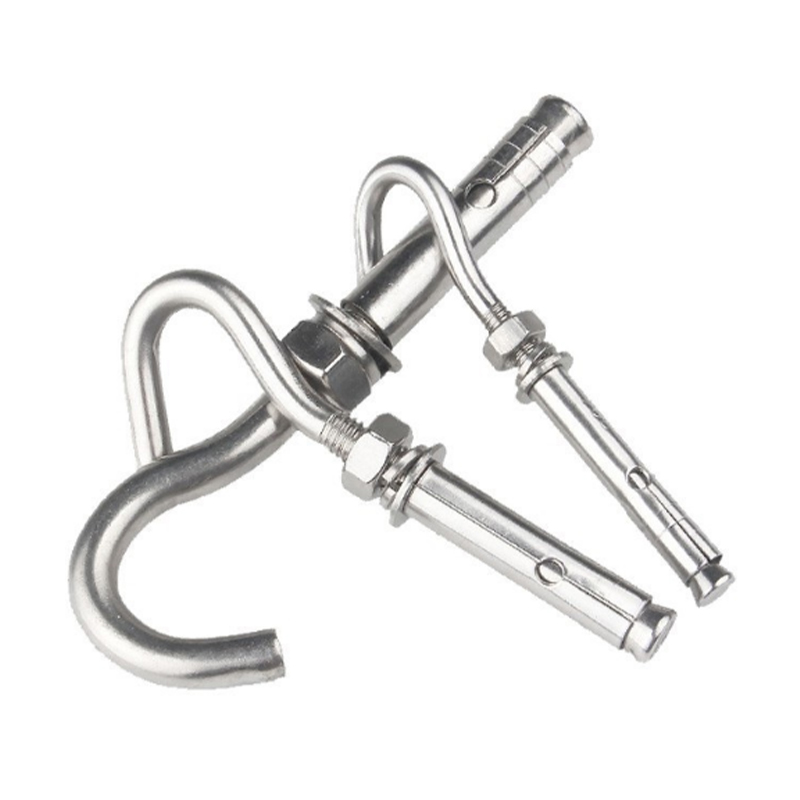
Please enter your email address and we will reply to your email.